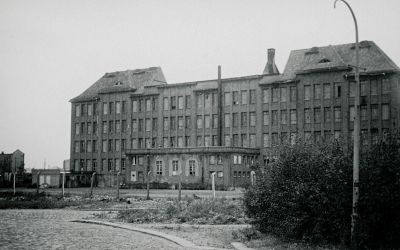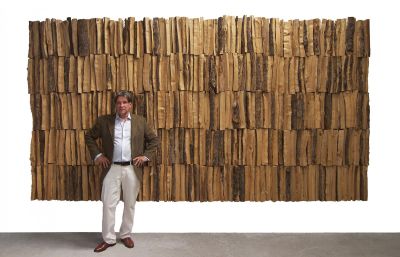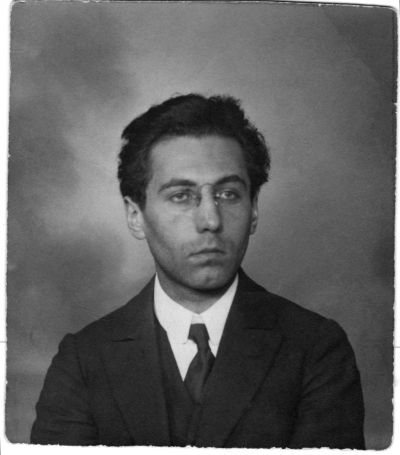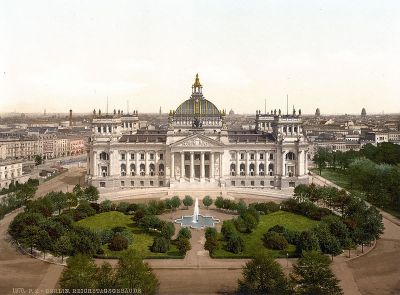Johannes a Lasco
Mediathek Sorted




![Fig. 4: Response to Joachim Westphal Fig. 4: Response to Joachim Westphal - John à Lasco/Jan Łaski: Responsio ad uirule[n]tam, calumniisque Ac Mendaciis Consarcinatam hominis furiosi Ioachimi VVestphali Epistola[m] quandam, qua purgationem Ecclesiaru[m] Peregrinarum Francofor...](/sites/default/files/styles/width_100_tiles/public/assets/images/4_antwort_auf_joachim_westphal_1560.jpg?itok=Pd3diTmf)
![Fig. 5: Three letters Fig. 5: Three letters - John à Lasco/Jan Łaski: Epistolae tres lectu dignissimae, de recta et legitima ecclesiarum benè instituendarum ratione ac modo: ad Potentiss. Regem Poloniae, Senatum, reliquos[que] Ordines, Basel 1556](/sites/default/files/styles/width_100_tiles/public/assets/images/5_drei_briefe_1556.jpg?itok=hQ0svO_N)



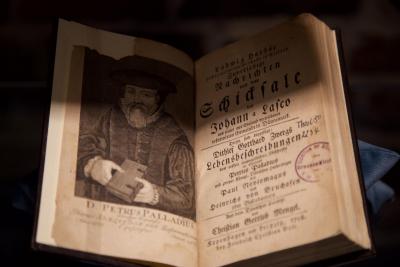

A Lasco was already thinking of returning to Poland. He wrote letters to important noblemen and devoted the edition of the London church order that was published in Frankfurt in 1955 to the Polish King Sigismund II. (Fig. 2 b). In 1556, he also had the letters which he had addressed to the lower nobility and the Polish Senate published, and with these “Epistolae tres lectu dignissimae” (three very worthy letters to read) he also informed the general public of his opinion that “the church should be well set up in a correct and legitimate way”[26] (Fig. 5). He received positive reactions from influential Polish nobility, such as the Lithuanian imperial prince Mikołaj Radziwiłł (1515-1565) and the Synod of Polish Reformers, who met in Pińczów in April 1556 in Poland and asked à Lasco to return. On 21 October, the same day as the Frankfurt Council expelled the refugee congregations, à Lasco set off for Poland. He arrived in Lesser Poland in December after stopping in Kassel, where he had talks with Landgrave Philipp I of Hessen (1504-1567), Wittenberg, where he attended an address by Melanchthon and met Polish students, and Wroclaw, where he lay in bed with a fever.
However, because the King reacted indignantly to à Lasco’s return and church advisers wanted to expel the Reformer, he retreated to Pińczów where he met with representatives of the Protestants in Kraków. The ideas of the Swiss Reformers and of the Frenchman John Calvin (1509-1564) had been particularly widespread amongst the nobility, whilst Luther remained unpopular in Poland. Many Protestant schools of thought, of which the Czech Brethren, the successor of the Hussites, were one, were becoming more influential but were disorganised and saw à Lasco as a unifying figure. In spring 1557, à Lasco travelled to Wilna to see Prince Radziwill and also met King Sigismund, who received him amicably and allowed him to hold religious services, but rejected a reform of the church. In Krakow, à Lasco preached in public until the cathedral chapter forbade it. A Lasco then settled in Pińczów where he held synods and assemblies of preachers and transformed the town into the centre of the Reformers in Lesser Poland.
In Pińczów, à Lasco got the basic structures of the Reformed church in Poland off the ground by introducing the election of Elders and Deacons and the church discipline, and by initiating a Polish translation of the Bible, the wording of a standardised Reformed confession and a catechism based on the Emden example. During his active years, around sixty Reformed congregations rose up in Lesser Poland. Attempts to bring about a unification with the Protestants in Greater Poland, the Lutherans and the Czech Brethren failed due to the dispute over the Eucharist. The Bishop of Ermland Stanisław Hozjusz (1504-1579), as the representative of the Catholic church, published polemic writings against à Lasco, in the aftermath of which, Poland as a whole remained Catholic. Following a dispute about the Trinity of God and the divine nature of Christ, the Polish Reformers split into a Reformed and a Unitarian church. Bedridden from the beginning of 1559, à Lasco was still writing polemic pamphlets against Hosius. He died in Pińczów on 8 January 1560.
[26] Johannes à Lasco: Epistolae tres letcu dignissimae, de recta et legitima ecclesiarum benè instituendarum ratione ac modo, Basel 1556, Johannes à Lasco Library, Emden; Jürgens 1999 (see Bibliography 2.), p. 84 f.













